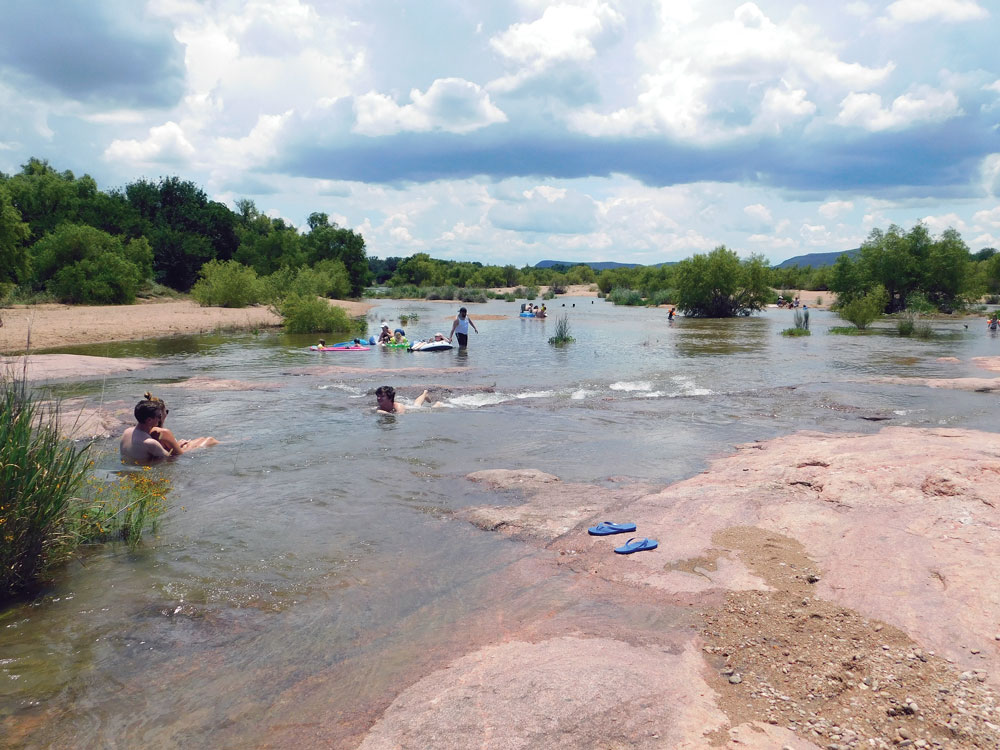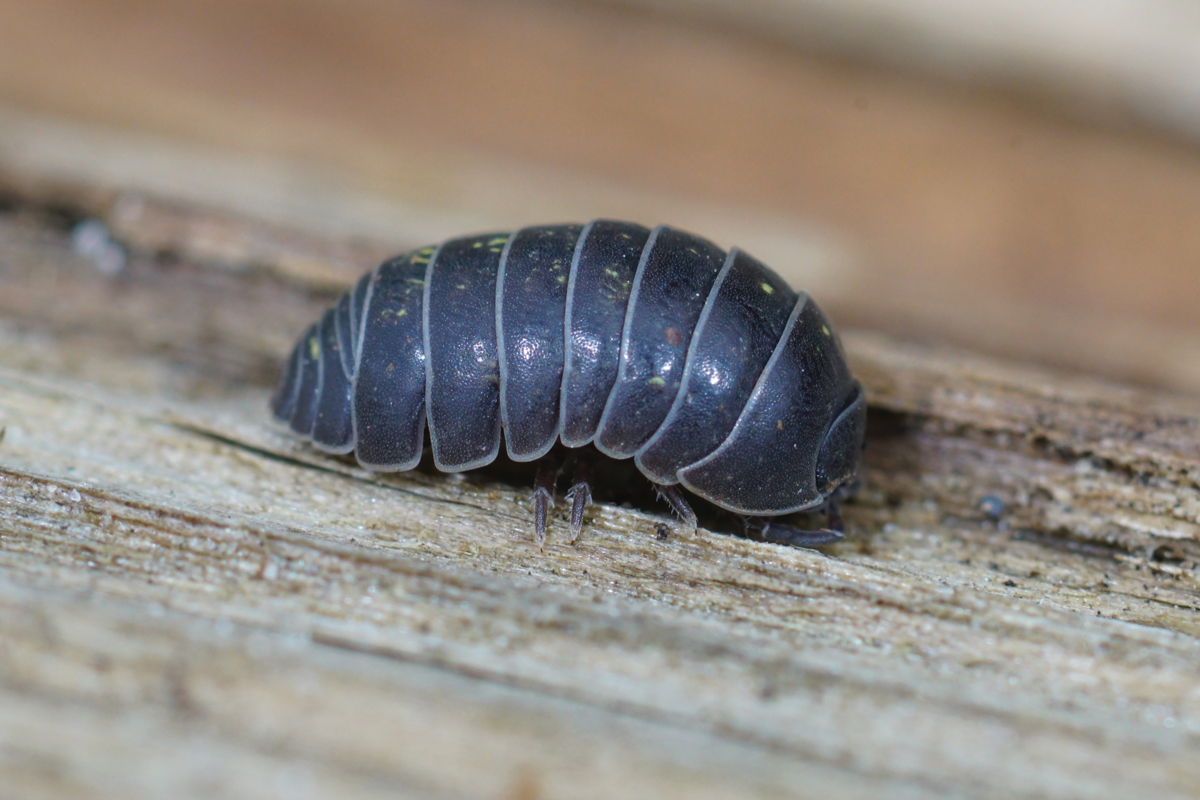
Coyotes are native wildlife, although closely related to the much-loved domestic dog. However, save the treats for your pet. While the two are similar in appearance, they are very different when it comes to instinct and personality. Adobe Stock photo
Coyotes are portrayed as cunning tricksters in Native American mythology and one memorable Looney Tunes cartoon series. In reality, they are intelligent, have excellent senses, and are highly adaptable to habitat changes. Because of the last trait, they are often found in urban and suburban areas and can be a threat to small pets (they have a tendency to eat just about anything). Texas plains coyotes are prevalent in Central Texas, including the Highland Lakes. This grizzled, buff-colored, medium-size canine has a slender build, wide-set ears that stand up, and a long, bushy, black-tipped tail. One of its most notable features is its yellow-gold eyes.
Coyotes are quick and can run up to 40 mph. While they are not equipped for tree climbing, they can jump as high as 8 feet. They are most active — and vocal — from dusk to dawn.
Humans might not see coyotes very often, as they are naturally shy, but they can certainly hear them. Unlike the wily Wile E. Coyote for the cartoon, who rarely speaks, real coyotes are among the most verbal wildlife in North America, having at least 11 different vocalizations. Coyote choruses serve a purpose for the pack. Howling helps them regroup after a night of solo hunting. Pack howls also warn other carnivores to move out of coyote territory.
These opportunistic feeders eat anything smaller than themselves. A hungry coyote will stalk and dine on rodents, rabbits, chickens, goats, roadkill, tree fruit, trash, food left out for a pet, and, yes, even small pets. Unlike in the cartoon, coyotes are not particularly interested in roadrunners, but if given the chance, they will take it.
Breeding typically occurs in late winter with pup season starting mid-spring. Born into a litter of around six pups, coyotes begin life helpless and blind. The mother cares for the pups in a den until they are weaned. Once out of the den, both parents raise the pups until they become independent. Some young remain with the family pack for a year or more. A pack might consist of three to seven adults and two to seven pups.
A wild coyote can live about 12 years, but most do not, falling prey to automobiles and humans. As a non-game species in Texas, coyotes can be hunted and trapped legally year-round with a valid hunting license and landowner permission. Coyote meat is not typically eaten by hunters, but the pelts hold some value in the fur market. However, the animals are primarily hunted for population control.
Unlike some wildlife, coyotes tend to stick around and adapt when their territory is invaded by housing developments and shopping centers. Just because you don’t see a coyote doesn’t mean it isn’t there. This reporter had one pet escape and survive a coyote attack, while another more recently was snatched just yards away from the back porch at night.
Here are some simple guidelines to keep pets safe and coyotes away:
- Keep pets inside or in an outside, fully enclosed kennel.
- Walk pets on a leash.
- Don’t let pets out at night unattended, evenly briefly.
- Do not leave bowls of pet food and water outside.
- Keep lids on trash cans.
- Keep birdseed inside a feeder; pick up any spillage.
- Never feed a coyote.
Coyote or dog? How to spot the difference
- Typically, coyotes run with their tail down, while dogs run and wag.
- Dogs have a wide variety of tails; coyotes have a bushy tail with a black tip.
- Coyotes are more slender with a flatter forehead, wider-set ears, and a more pointed muzzle.
- Dogs have a deeper chest than a coyote.
Did you know?
- The coyote’s scientific name means “barking dog.”
- A mating pair of coyotes is typically monogamous, but not necessarily for life.
- Coyotes vocalize more frequently during mating season.
- Each family pack has an alpha male and female. Only the alpha pair in a pack will reproduce.
- Coydogs are the hybrid offspring of a coyote and a dog. They usually carry more coyote traits and do not make good pets.
- Despite efforts to control the coyote population, the animals continue to increase and thrive.









